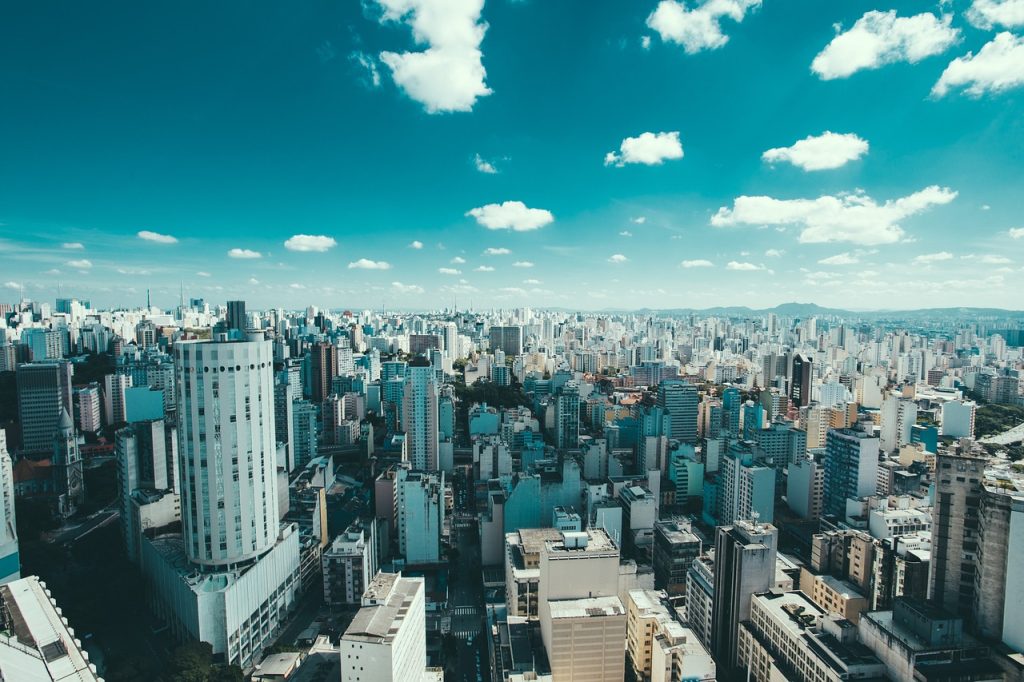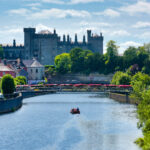Brazil, the fifth-largest country in the world, is a land of breathtaking natural beauty, rich cultural diversity, and a zest for life that is infectious. From the lush Amazon rainforest to the iconic Christ the Redeemer statue in Rio de Janeiro, Brazil offers travelers a wide array of experiences and destinations to explore. In this comprehensive Brazil travel guide, we will take you on a journey through this captivating South American nation, offering insights into its geography, culture, cuisine, and the top attractions that make it a must-visit destination.
Table of Contents
Geography and Climate
Visa and Travel Essentials
Language and Communication
Currency and Money Matters
Safety and Health
Best Time to Visit
Top Destinations in Brazil
a. Rio de Janeiro
b. São Paulo
c. Salvador
d. Manaus
e. Iguazu Falls
f. Pantanal
g. Fortaleza
Cultural Experiences
Brazilian Cuisine
Activities and Adventure
Festivals and Events
Shopping in Brazil
Tips for Traveling in Brazil
Conclusion
Geography and Climate
Brazil is a vast and diverse country, spanning approximately 8.5 million square kilometers (3.3 million square miles) in South America. Its geographical diversity is one of its most striking features, encompassing lush rainforests, arid deserts, stunning coastlines, and towering mountains. The Amazon Rainforest, often referred to as the “lungs of the Earth,” covers a significant portion of Brazil’s northern region and is home to an incredible array of biodiversity.
The climate in Brazil varies widely due to its size, but it can be divided into four main zones: equatorial, tropical, semiarid, and subtropical. The coastal areas, including cities like Rio de Janeiro and Salvador, generally have a tropical climate with warm temperatures year-round. In the Amazon, you’ll encounter a hot and humid equatorial climate. The southern region, including cities like São Paulo and Porto Alegre, experiences a subtropical climate with distinct seasons.
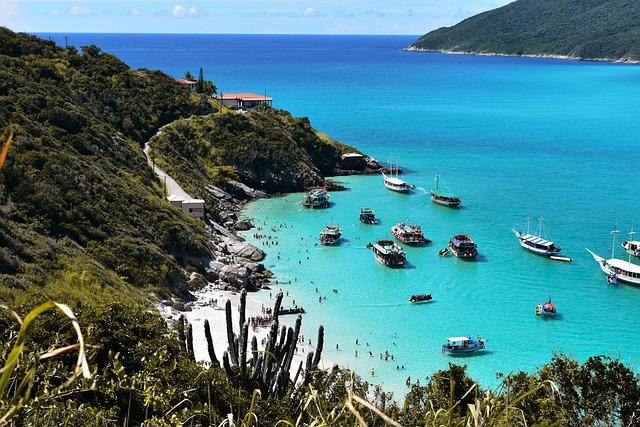
Visa and Travel Essentials
Before embarking on your Brazilian adventure, it’s essential to check the visa requirements for your country of origin. While some nationalities can enter Brazil visa-free for short stays, others may need to obtain a tourist visa in advance. The requirements can change, so it’s best to consult the Brazilian embassy or consulate in your country for the most up-to-date information.
Additionally, ensure that your passport is valid for at least six months beyond your intended departure date. Travel insurance is highly recommended to cover unexpected events, including medical emergencies and trip cancellations.
Language and Communication
The official language of Brazil is Portuguese, and while you may encounter English speakers in tourist areas, it’s helpful to know some basic Portuguese phrases to navigate daily interactions. Brazilians are generally friendly and appreciative when visitors make an effort to communicate in their language.
Currency and Money Matters
The Brazilian currency is the Brazilian Real (BRL). It’s a good idea to carry some local currency for small expenses, but credit and debit cards are widely accepted in most establishments. ATMs are readily available throughout the country, making it convenient to withdraw cash as needed.
Safety and Health
Brazil is generally a safe country for travelers, but like any destination, it’s essential to take precautions. Avoid displaying expensive items like jewelry and electronics, especially in crowded areas. Be cautious when exploring unfamiliar neighborhoods and use reputable transportation services.
Regarding health, it’s advisable to consult your doctor or a travel clinic before your trip to ensure you are up-to-date on vaccinations and to discuss any recommended medications for travel-related illnesses. It’s also crucial to have travel insurance that covers medical emergencies.
Best Time to Visit
Brazil is a year-round destination, but the best time to visit depends on your interests and the regions you plan to explore. Here’s a general breakdown:
December to March: This is summer in Brazil, making it an ideal time for beach destinations like Rio de Janeiro and the northeast coast. Carnival, which usually falls in February or March, is a major highlight during this period.
April to June: This is the shoulder season, with milder temperatures and fewer crowds. It’s a great time to visit the Amazon and Pantanal regions.
July to September: Winter in the southern regions, including São Paulo and Porto Alegre, offers pleasant weather. This is also an excellent time for eco-tourism in the Pantanal.
October to November: Spring is a lovely time to visit, with comfortable temperatures and blooming vegetation. It’s a good choice for cultural experiences and city exploration.
Top Destinations in Brazil
a. Rio de Janeiro
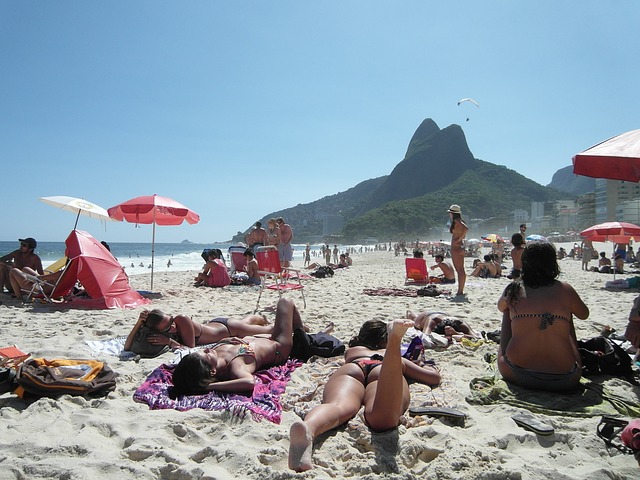
Rio de Janeiro is perhaps the most iconic city in Brazil, known for its stunning beaches, lively culture, and breathtaking natural landmarks. Here are some must-visit attractions:
Christ the Redeemer: This world-famous statue perched atop Corcovado Mountain offers panoramic views of the city.
Copacabana and Ipanema Beaches: Enjoy sunbathing, swimming, and beachside activities on these iconic shores.
Sugarloaf Mountain (Pão de Açúcar): Take a cable car ride to the summit for stunning vistas of Rio and Guanabara Bay.
Tijuca National Park: Explore the lush rainforest and hike to cascading waterfalls within this urban park.
b. São Paulo
As Brazil’s largest city, São Paulo is a bustling metropolis known for its diverse culture, vibrant arts scene, and culinary delights. Key attractions include:
Paulista Avenue: Stroll along this iconic avenue, known for its museums, shops, and cultural institutions.
Ibirapuera Park: Relax in this expansive urban park featuring museums, sculptures, and beautiful gardens.
Museu de Arte de São Paulo (MASP): Explore the impressive collection of art, including works by renowned Brazilian artists.
c. Salvador
Salvador, in the state of Bahia, is a city with a rich Afro-Brazilian cultural heritage, evident in its music, dance, and cuisine. Don’t miss:
Pelourinho: Wander through the historic center with its colorful colonial buildings, churches, and vibrant street life.
Acarajé: Try this traditional Bahian street food made from black-eyed pea dough and stuffed with shrimp and spices.
Capoeira: Experience or watch a live performance of this unique Afro-Brazilian martial art and dance.
d. Manaus
Nestled in the heart of the Amazon rainforest, Manaus is the gateway to one of the world’s most biodiverse regions. Highlights include:
Amazon Rainforest: Embark on guided jungle tours, go wildlife spotting, and learn about indigenous cultures.
Teatro Amazonas: Visit this stunning opera house, a testament to the opulence of the rubber boom era.
Meeting of the Waters: Witness the unique phenomenon where the Rio Negro and Rio Solimões converge but don’t immediately mix.
e. Iguazu Falls
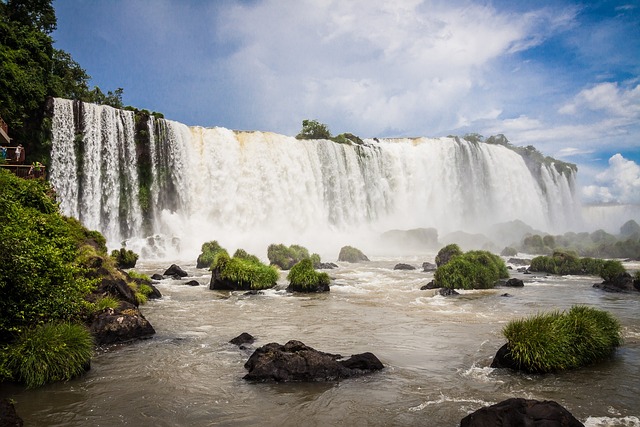
Located on the border between Brazil and Argentina, the Iguazu Falls are a natural wonder of immense beauty. Key attractions include:
Devil’s Throat (Garganta del Diablo): Stand in awe of the largest and most powerful waterfall, accessible via walkways.
Boat Tours: Get up close to the falls on thrilling boat excursions that promise a refreshing drenching.
Wildlife: Spot diverse wildlife in the surrounding rainforest, including colorful birds and butterflies.
f. Pantanal
The Pantanal is the world’s largest tropical wetland, teeming with wildlife and a paradise for nature enthusiasts. Activities include:
Wildlife Safaris: Take guided tours to spot jaguars, capybaras, caimans, and a wide variety of bird species.
Hiking and Canoeing: Explore the unique ecosystem by foot and on the water, with opportunities for birdwatching.
Stargazing: Enjoy clear night skies in this remote region, perfect for stargazing and astrophotography.
g. Fortaleza
This coastal city in northeastern Brazil boasts beautiful beaches, rich cultural traditions, and a lively nightlife scene. Highlights include:
Praia de Iracema: Relax on this urban beach, known for its vibrant atmosphere and seaside bars.
Beachside Markets: Shop for handicrafts, souvenirs, and local art at the beachfront markets.
Ceará Cuisine: Savor regional dishes like seafood stew (moqueca) and tapioca crepes at local eateries.
Cultural Experiences
Brazil’s culture is a colorful mosaic of influences from Indigenous peoples, Portuguese colonizers, African slaves, and immigrants from Europe and Asia. To immerse yourself in Brazilian culture:
Samba and Carnival: Join a samba dance class, or plan your visit during Carnival to experience the world’s most famous street party.
Folk Festivals: Attend regional festivals like Festa Junina, celebrating rural traditions with music, dance, and food.
Capoeira: Learn about and even participate in this unique blend of martial arts, dance, and music.
Brazilian Cuisine
Brazilian cuisine is a delightful fusion of flavors and ingredients, reflecting its diverse cultural heritage. Some must-try dishes and beverages include:
Feijoada: A hearty black bean stew with pork, served with rice and collard greens.
Coxinha: Fried chicken croquettes, a popular street food snack.
Açaí: Try this antioxidant-rich berry as a refreshing smoothie bowl or ice cream.
Caipirinha: The national cocktail made with cachaça (sugarcane spirit), lime, sugar, and ice.
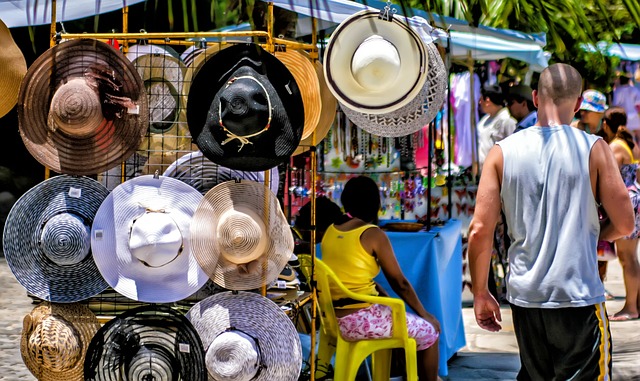
Activities and Adventure
For those seeking adventure and outdoor activities in Brazil, there’s no shortage of options:
Surfing: Brazil offers world-class surf destinations like Florianópolis, Itacaré, and Fernando de Noronha.
Hang Gliding: Soar over Rio de Janeiro’s iconic landscapes on a tandem hang gliding adventure.
Diving and Snorkeling: Explore the vibrant marine life in locations such as Fernando de Noronha and Bonito.
Hiking and Trekking: Discover scenic trails in the Pantanal, Chapada Diamantina, and Chapada dos Veadeiros national parks.
Festivals and Events
Brazil is known for its vibrant festivals and celebrations. Besides Carnival, other notable events include:
Festival do Cirio de Nazaré (Belém): A religious procession celebrating the Virgin Mary in the Amazon region.
Bumba Meu Boi (São Luís): A colorful folk festival featuring music, dance, and theatrical performances.
Rock in Rio (Rio de Janeiro): A major music festival attracting international and local rock and pop acts.
Shopping in Brazil
Brazil offers a variety of shopping experiences, from artisan markets to high-end boutiques. Some shopping destinations to explore include:
Rua 25 de Março (São Paulo): A bustling shopping street with everything from fashion to electronics.
Feira de São Cristóvão (Rio de Janeiro): A massive market showcasing Northeastern Brazilian culture, including food, crafts, and music.
Ipanema Hippie Fair (Rio de Janeiro): A weekly market featuring handmade crafts, jewelry, and art.
Tips for Traveling in Brazil
Learn Some Portuguese: While many Brazilians in tourist areas speak some English, knowing a few basic Portuguese phrases can go a long way.
Cash and Cards: Carry a mix of cash and cards for convenience, and inform your bank of your travel plans to avoid any issues with card usage.
Stay Hydrated: Brazil can be hot and humid, so drink plenty of water to stay hydrated, especially when exploring outdoor attractions.
Respect Local Customs: Brazilians are generally warm and welcoming, so be respectful of local customs and traditions.
Brazil is a country that never fails to leave a lasting impression on travelers. Its stunning natural beauty, rich culture, and warm hospitality make it a top destination in South America. Whether you’re exploring the bustling streets of Rio de Janeiro, venturing into the heart of the Amazon rainforest, or savoring the flavors of Brazilian cuisine, you’re sure to have a memorable and unforgettable experience in this diverse and vibrant nation. Start planning your Brazilian adventure today and get ready to discover the wonders of this captivating country.
